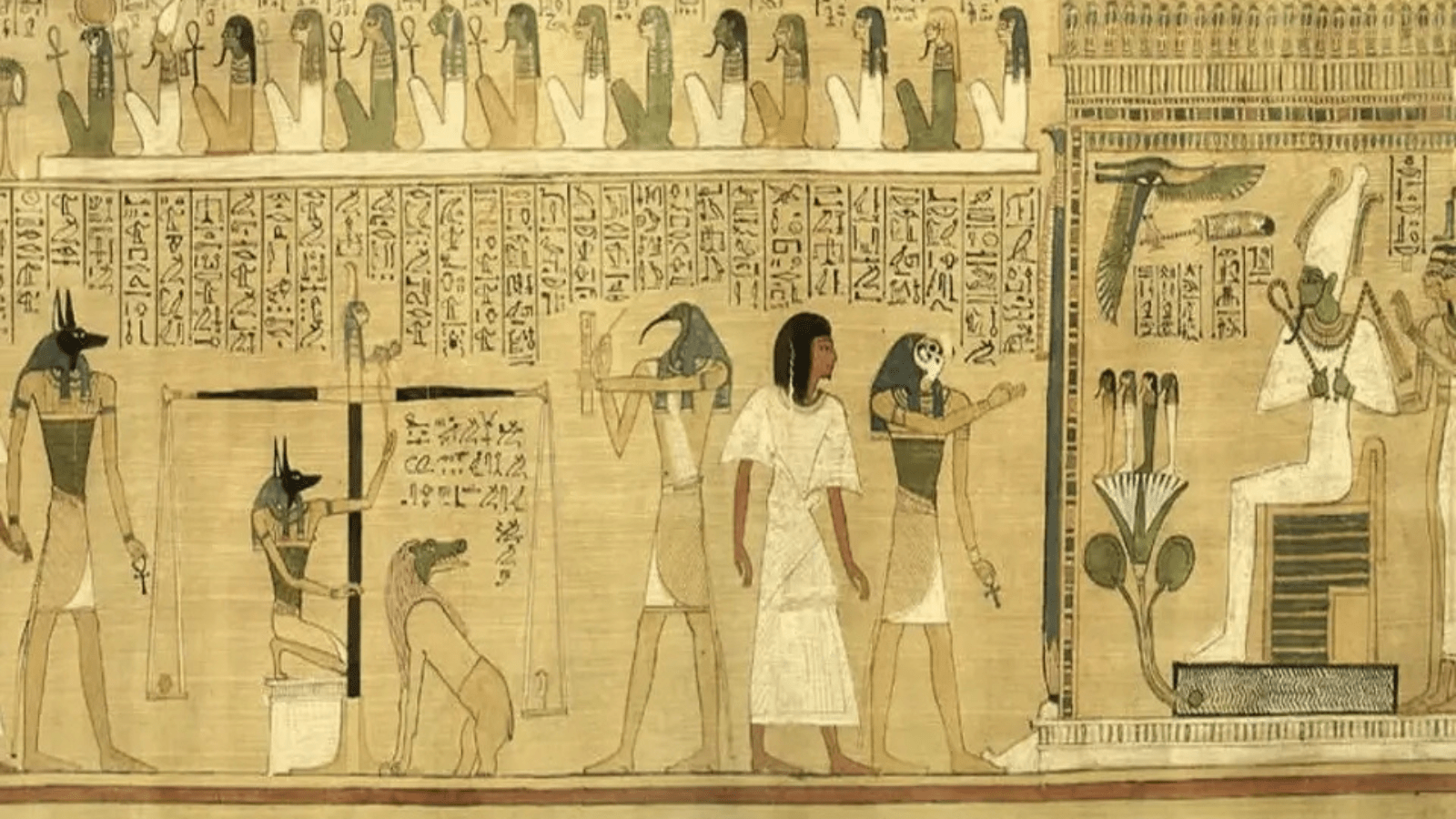
Who Was Anubis in Ancient Egypt?
Anubis: The Guardian of the Afterlife in Ancient Egypt
Among the numerous pantheon of Egyptian gods, none is as readily recognizable as Anubis, god of mummification, protector of tombs, and guardian of the afterlife. With his jackal head and man's body, for long, Anubis has been related to death, burial practices, and the journey to the afterlife. His role in Egyptian mythology and religion is at once vital and complex, and his legacy continues to ensnare people from every part of the world. Whether one is a historian or just has an interest in ancient Egyptian culture, knowledge about the importance of Anubis enriches any discussion about Egypt's spiritual and religious life.
Anubis: The Jackal-Headed God
Anubis was usually depicted with the head of a jackal, which in ancient Egypt appeared often around the tomb and was even used as a mount during processions.
This is because the animal often would steal parts of the dead for food and would appear near the bodies of the dead. Thus, he made the animal a natural guardian over the dead for the ancient Egyptians. Hence, he came to take on the additional role of an embodiment as protector of tombs. In Egyptian mythology, Anubis was said to be the son of the goddess Nephthys and the god Set, though in some versions of the myth, he is also described as the son of Osiris. His dual role as both a god of the dead and a protector of the living reflects the balance between life and death that was so integral to Egyptian religion.
The Role of Anubis in Egyptian Burial Practices
Anubis played a central role in the Egyptian burial process, particularly in the practice of mummification, which was essential for ensuring a smooth transition to the afterlife. As the god associated with embalming, Anubis was said to have taught humans the art of mummification, ensuring that the dead would be preserved for eternity.
The Opening of the Mouth ceremony, a vital part of mummification, was overseen by Anubis. This ritual was performed to reanimate the deceased, allowing their spirit to live on in the afterlife. During this process, Anubis would often be depicted as presiding over the deceased, guiding their journey from the physical world to the spiritual realm.
For the ancient Egyptians, the idea of the afterlife was incredibly important, and Anubis played a crucial role in ensuring that the deceased were properly prepared for the journey ahead.
The Weighing of the Heart: Anubis and the Judgment of Souls
Another essential aspect of Anubis’ role in Egyptian mythology was his involvement in the Weighing of the Heart ceremony, which took place in the Hall of Ma'at, the goddess of truth and justice. After death, the soul of the deceased would be judged by the gods, and Anubis played a pivotal role in this process.
The deceased’s heart, believed to be the seat of the soul, would be weighed against the feather of Ma'at, which symbolized truth and justice.
If the heart was light, meaning the person had lived a just life, the soul would be allowed to enter the afterlife. If the heart was heavy with sin, it would be devoured by the demon Ammit, preventing the soul from achieving eternal life. As the god of embalming and protection, Anubis was believed to preside over this process and guarantee fairness in judgment. Anubis in Egyptian Art and Iconography
Anubis is a common figure in Egyptian art, with his likeness appearing in tombs, temples, and artifacts from throughout ancient Egypt. His jackal-headed form speaks to both his association with death and his ability to protect the deceased against evil spirits.
In many depictions, Anubis is shown either standing guard over tombs or embalming the dead. These images served as both protection and a reminder of the spiritual significance of the afterlife. His presence in tomb art was believed to help safeguard the deceased from harm during their journey to the afterlife.
The Legacy of Anubis
While Anubis was one of the most important gods in ancient Egyptian religion, his legacy extends beyond Egypt’s borders. Today, the god of mummification and the afterlife remains a popular figure in modern culture, appearing in movies, books, and video games. His iconic appearance and connection to death and the afterlife make him a figure that continues to fascinate and intrigue.
For those interested in exploring the ancient Egyptian worldview, Anubis represents the balance between life and death, as well as the deep reverence Egyptians held for the afterlife. His role as both a protector and a guide is a testament to the ancient Egyptians’ belief in the importance of preparing for the journey that lies beyond this world.
Whether you’re planning a trip to Egypt or simply have an interest in ancient mythology, learning about Anubis provides insight into the rich spiritual life of one of the world’s oldest civilizations. His role in death, mummification, and the afterlife shows the importance Egyptians placed on life after death, making him one of the most fascinating deities in the Egyptian pantheon.